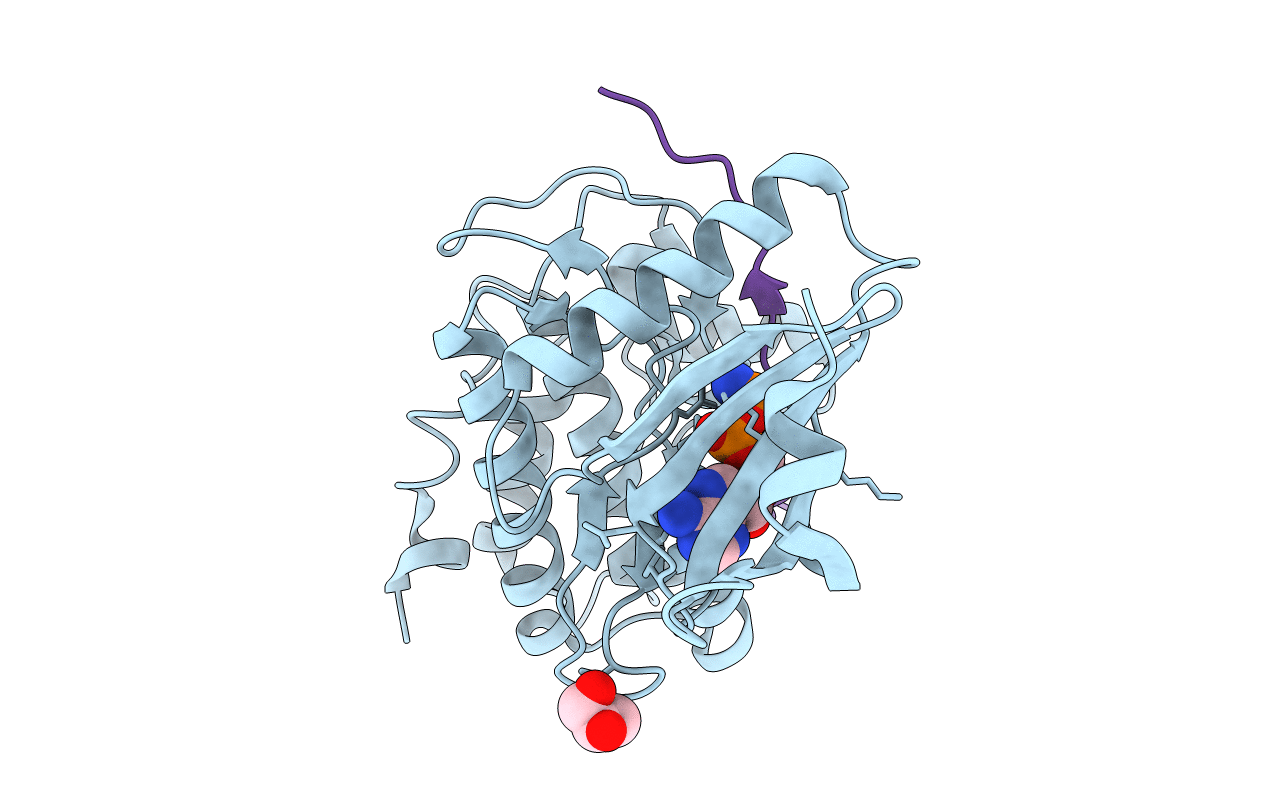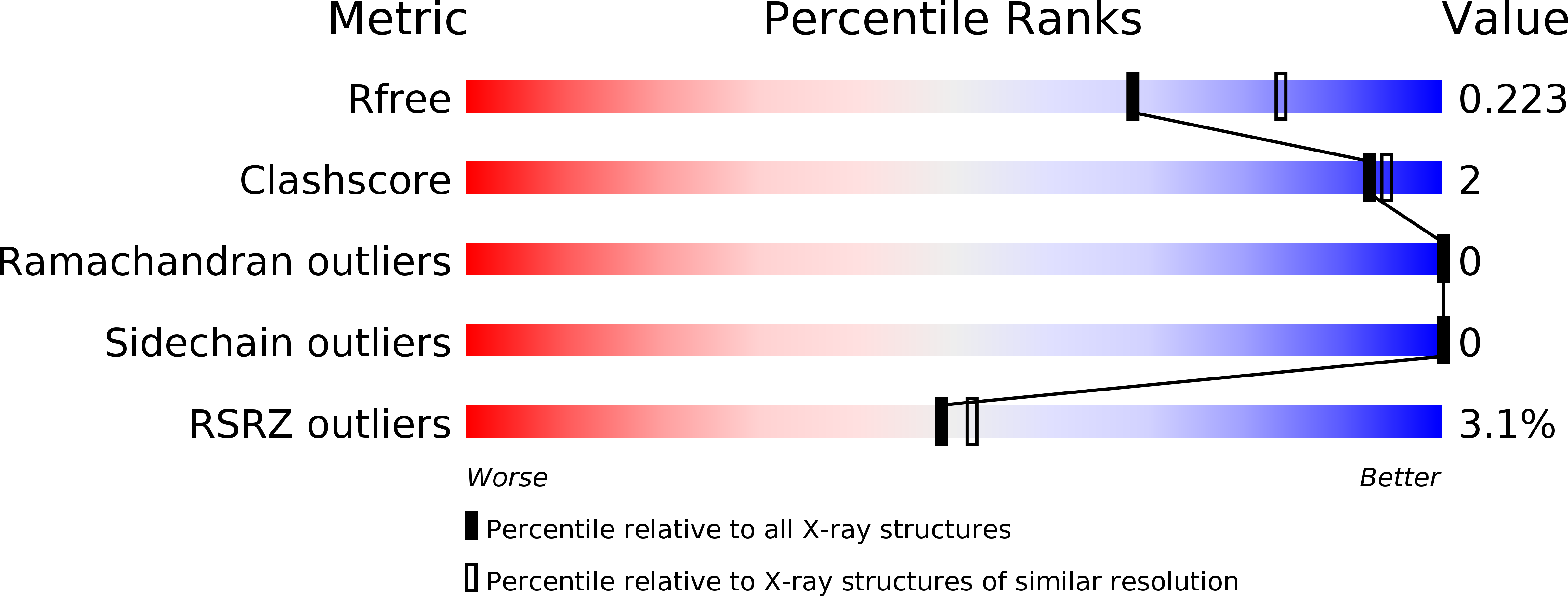
Deposition Date
2015-12-27
Release Date
2017-01-11
Last Version Date
2024-05-08
Entry Detail
PDB ID:
5H9B
Keywords:
Title:
Drosophila CaMKII-wt in complex with a fragment of the Eag potassium channel and Mg2+/AMPPN
Biological Source:
Source Organism:
Drosophila melanogaster (Taxon ID: 7227)
Host Organism:
Method Details:
Experimental Method:
Resolution:
2.25 Å
R-Value Free:
0.22
R-Value Work:
0.20
R-Value Observed:
0.20
Space Group:
P 1 21 1


